 This problem from Futility Closet proved quite challenging.
This problem from Futility Closet proved quite challenging.
“University of Illinois mathematician John Wetzel called this one of his favorite problems in geometry. Call a plane arc special if it has length 1 and lies on one side of the line through its end points. Prove that any special arc can be contained in an isosceles right triangle of hypotenuse 1.”
My attempts were futile (maybe that is where the title of the website comes from). Maybe this qualifies for another Coffin Problem. But I did have one little comment about the Futility Closet solution. See Containing an Arc.

 These are three “Coffin” Problems posed by Nakul Dawra on his Youtube site
These are three “Coffin” Problems posed by Nakul Dawra on his Youtube site 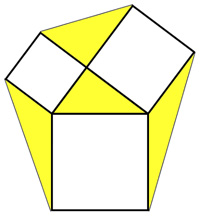 From
From 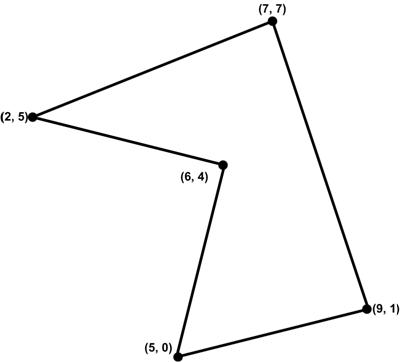 This is another problem from
This is another problem from  This subject admittedly has only a tenuous relationship to mathematics (via arithmetic), but perhaps it can join more mathematically challenging political topics like voting and gerrymandering. In any case, I was stimulated to consider the idea of reapportioning the US Senate by the % US population of each state by an 8 December 2018 article in the Atlantic by former Congressman John Dingell, who advocated abolishing the Senate. I thought this a bit too Draconian and considered the percent population idea as a better compromise. It turned out I was not alone in having this (obvious) thought: I just came across a more extensive 2 January 2019 Atlantic article by Eric Orts that concurs with my idea about reapportionment of the Senate, discusses the legal ramifications in more detail, and echoes the benefits I mentioned as well as others. See
This subject admittedly has only a tenuous relationship to mathematics (via arithmetic), but perhaps it can join more mathematically challenging political topics like voting and gerrymandering. In any case, I was stimulated to consider the idea of reapportioning the US Senate by the % US population of each state by an 8 December 2018 article in the Atlantic by former Congressman John Dingell, who advocated abolishing the Senate. I thought this a bit too Draconian and considered the percent population idea as a better compromise. It turned out I was not alone in having this (obvious) thought: I just came across a more extensive 2 January 2019 Atlantic article by Eric Orts that concurs with my idea about reapportionment of the Senate, discusses the legal ramifications in more detail, and echoes the benefits I mentioned as well as others. See 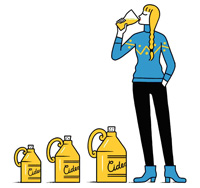 This is another problem from the defunct Wall Street Journal Varsity Math Week column.
This is another problem from the defunct Wall Street Journal Varsity Math Week column. In light of subsequent events it may be that being a politician requires its own set of skills, but this praise of his profession of engineering before he became president casts the unfortunate Herbert Hoover in a different light. My father brought this surprising excerpt from Hoover’s autobiography to my attention years ago. I have highlighted the part that is especially insightful. Unfortunately, the balance of the chapter praising an engineer’s involvement in government does not fare as well, given the author, though a subsequent engineer US president, whatever his shortcomings, was never faulted for his honesty and moral rectitude. See the
In light of subsequent events it may be that being a politician requires its own set of skills, but this praise of his profession of engineering before he became president casts the unfortunate Herbert Hoover in a different light. My father brought this surprising excerpt from Hoover’s autobiography to my attention years ago. I have highlighted the part that is especially insightful. Unfortunately, the balance of the chapter praising an engineer’s involvement in government does not fare as well, given the author, though a subsequent engineer US president, whatever his shortcomings, was never faulted for his honesty and moral rectitude. See the 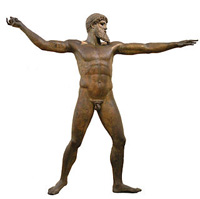 This 1975 New York Times article by Cyril Stanley Smith left an indelible impression over the years to the point that I wanted to capture it in digital format. I found a 1996 copy online, formatted it more closely to the original article, and found more recent images of the illustrations used in the original article. It is a powerful argument for the benefits of basic research vs. directed research. The pursuit of pure mathematics often is accused of being a product of imagination run rampant with no practical purpose. It is argued that Government expenditures of public moneys for research should be applied more to directed research that has specific practical goals with explicit criteria for success. It has always been difficult to argue otherwise. Smith’s article, however, goes a long way toward a rebuttal, as well as showing the benefits of play and artistic creativity for its own sake. See the
This 1975 New York Times article by Cyril Stanley Smith left an indelible impression over the years to the point that I wanted to capture it in digital format. I found a 1996 copy online, formatted it more closely to the original article, and found more recent images of the illustrations used in the original article. It is a powerful argument for the benefits of basic research vs. directed research. The pursuit of pure mathematics often is accused of being a product of imagination run rampant with no practical purpose. It is argued that Government expenditures of public moneys for research should be applied more to directed research that has specific practical goals with explicit criteria for success. It has always been difficult to argue otherwise. Smith’s article, however, goes a long way toward a rebuttal, as well as showing the benefits of play and artistic creativity for its own sake. See the 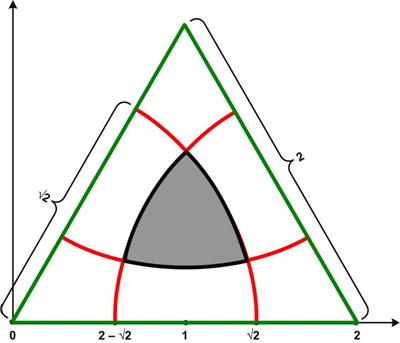 This article is basically a technical footnote without wider significance. At the time I had been reading with interest Paul J. Nahin’s latest book Number-Crunching (2011). Nahin presents a problem that he will solve with the Monte Carlo sampling approach.
This article is basically a technical footnote without wider significance. At the time I had been reading with interest Paul J. Nahin’s latest book Number-Crunching (2011). Nahin presents a problem that he will solve with the Monte Carlo sampling approach.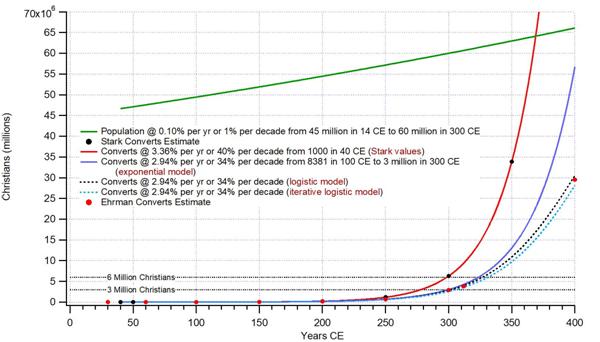 This was a catchy, misleading title that I could not resist, since my essay is not about math vs. religion as one might expect from the title, but rather about math helping religion. Back in 2016 I was reading Dr. Bart D. Ehrman’s blog that he was writing in preparation for his eventual book, The Triumph of Christianity, in which he was considering Rodney Stark’s purely mathematical analysis of the growth of Christianity in the first three centuries. Neither Rodney Stark nor Bart Ehrman described explicitly the underlying mathematical models of exponential growth that they were using and exactly what was meant by a rate of growth. Given the natural audience for the subject, these omissions were not surprising. So I thought I would clarify the math and also offer some variations on the models, which eventually reflected the actual situation more faithfully. See
This was a catchy, misleading title that I could not resist, since my essay is not about math vs. religion as one might expect from the title, but rather about math helping religion. Back in 2016 I was reading Dr. Bart D. Ehrman’s blog that he was writing in preparation for his eventual book, The Triumph of Christianity, in which he was considering Rodney Stark’s purely mathematical analysis of the growth of Christianity in the first three centuries. Neither Rodney Stark nor Bart Ehrman described explicitly the underlying mathematical models of exponential growth that they were using and exactly what was meant by a rate of growth. Given the natural audience for the subject, these omissions were not surprising. So I thought I would clarify the math and also offer some variations on the models, which eventually reflected the actual situation more faithfully. See